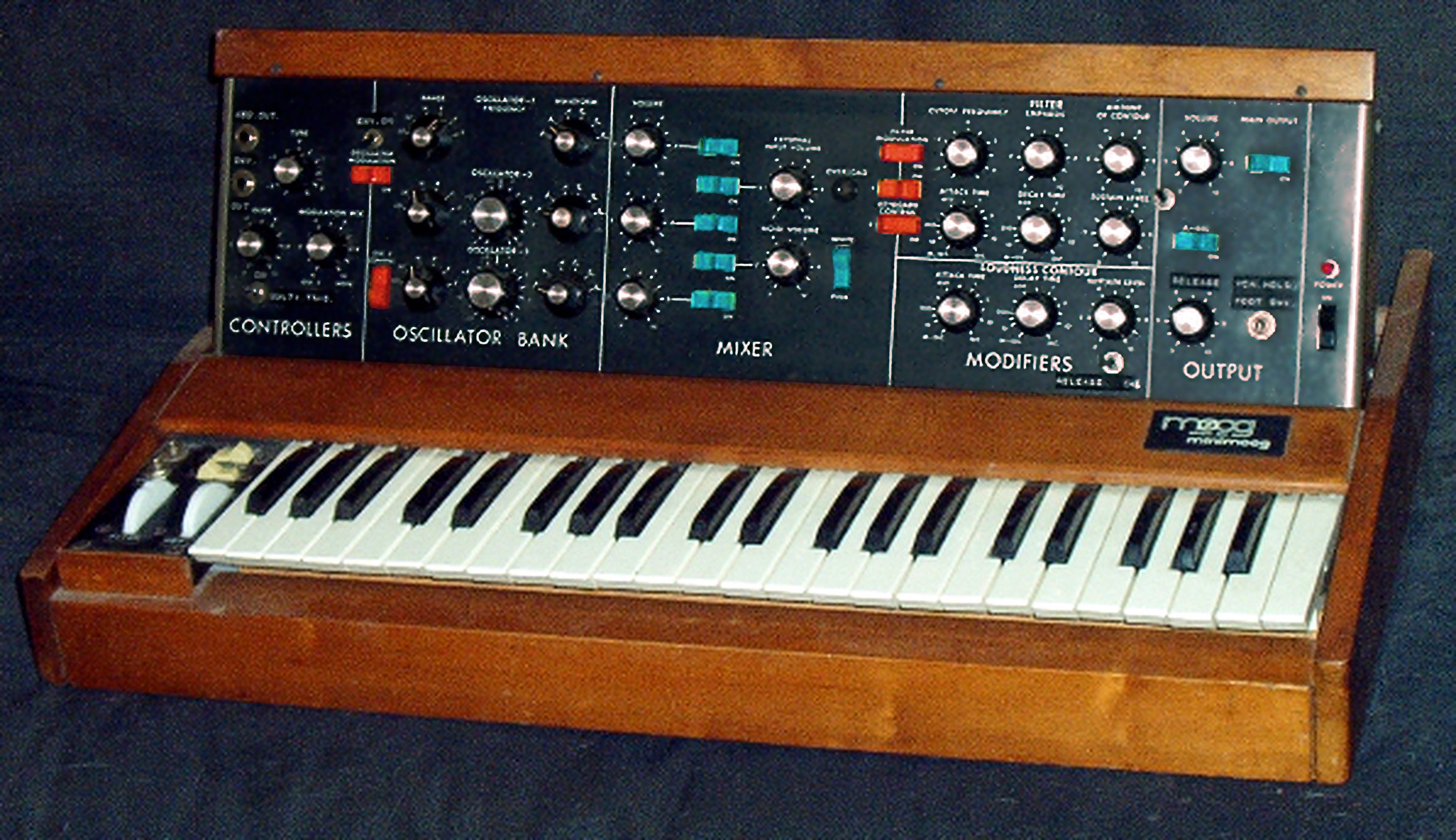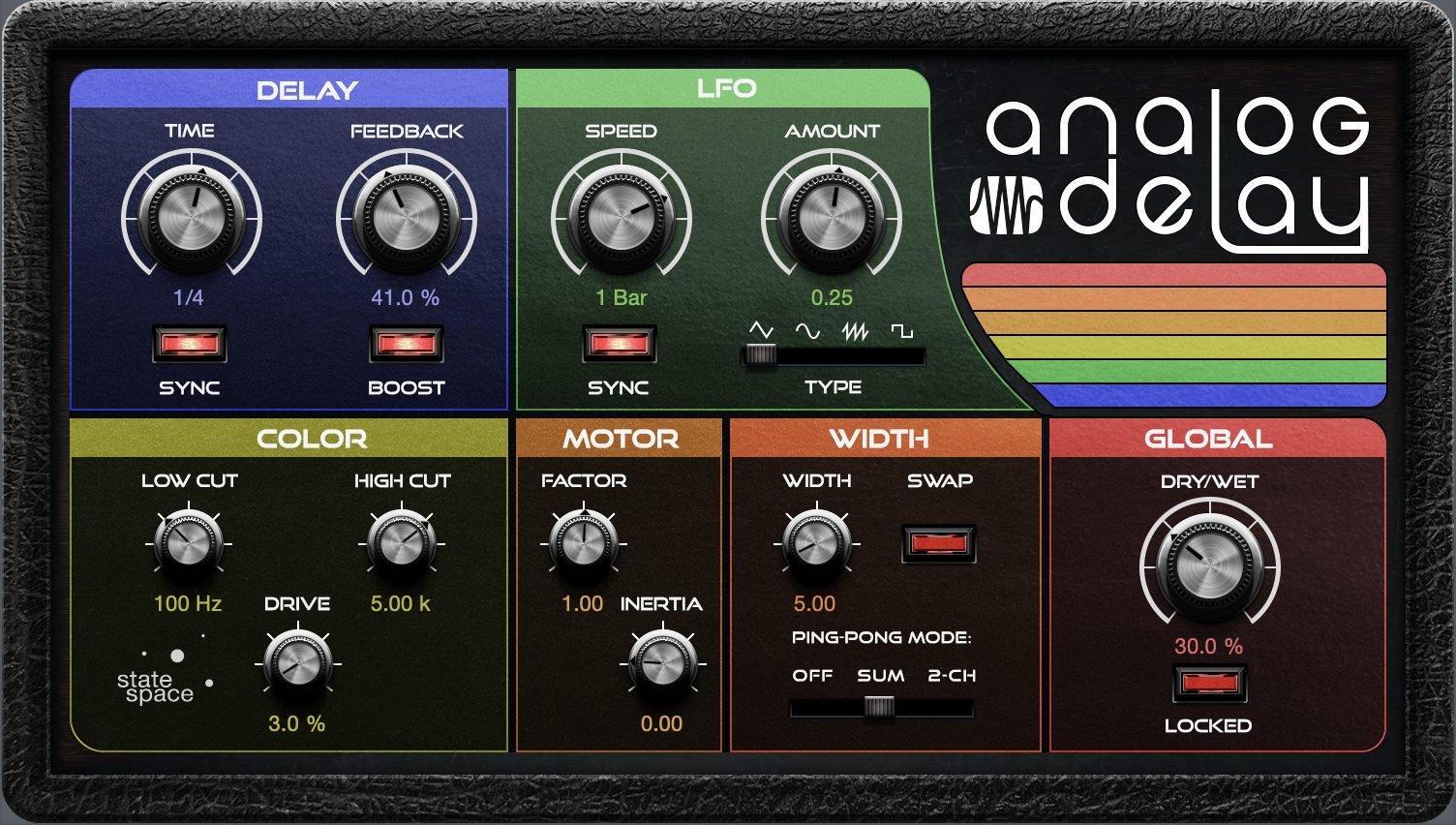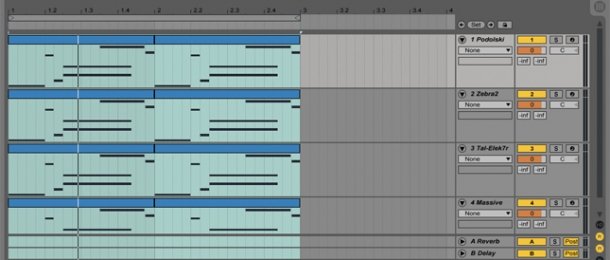Breathing Warmth into Your Digital Synths: A Guide to Achieving Analog Sound
Introduction
Digital synthesizers have come a long way in emulating the classic warmth and character of analog synthesis, yet many musicians and producers still yearn for that unmistakable analog touch. Achieving warmth and analog charm in your digital synth sounds is possible with the right techniques and tools. In this comprehensive guide, we'll explore how to make digital synths sound warmer and more analog, allowing you to infuse your music with the rich, organic textures that analog synthesis is known for.
1. Understand the Essence of Analog Sound
To replicate analog warmth, it's crucial to grasp the essence of what makes analog synthesizers sound unique. Analog synths are renowned for their character, which arises from several key factors:
Voltage Control: Analog synthesizers use voltage control to manipulate parameters. This method offers a more continuous, fluid, and "alive" feel compared to the discrete values in digital synthesis.
Circuitry and Components: The components used in analog synths, such as transistors and analog filters, impart a specific coloration and non-linear behavior to the sound.
Aging and Drift: Analog synths can exhibit slight pitch and timbral variations over time, which adds a touch of unpredictability and character.
Warmth and Harmonic Saturation: Analog circuits introduce harmonic saturation, which enriches the sound and adds warmth.
Understanding these aspects is essential for replicating the analog sound in your digital synthesizers.
2. Choose the Right Synthesizer Plugins
Selecting the right synthesizer plugins is the first step in achieving an analog sound in your digital setup. Many modern plugins are specifically designed to emulate analog synthesizers. Some notable options include:
Arturia V Collection: This collection includes emulations of iconic analog synths like the Minimoog, ARP 2600, and the Prophet 5.
U-He Diva: Diva is known for its meticulous analog modeling and versatility, providing a wide range of vintage synth sounds.
Native Instruments Monark: Monark is a software synthesizer that emulates the classic Minimoog monosynth, delivering that iconic analog warmth.
Spectrasonics Omnisphere: Omnisphere offers a diverse array of sounds, including vintage analog emulations.
Choose plugins that resonate with the sound you want to achieve and explore their specific features that mimic analog behavior.
3. Experiment with Oscillator Drift and Randomization
Analog synths are renowned for their subtle pitch drift and randomness, which adds depth to their sound. To replicate this, use the following techniques in your digital synthesizers:
Oscillator Drift: Many modern synth plugins allow you to introduce oscillator drift. This emulates the slight pitch variations found in analog synths. Experiment with subtle detuning and pitch modulation to achieve a more organic sound.
Randomization: Introduce controlled randomness in parameters like filter cutoff, resonance, and modulation. This can imitate the unpredictability of analog circuits, giving your digital synths a more lively and warm character.
4. Emulate Analog Filters
Analog filters play a significant role in shaping the sound of synthesizers. To infuse your digital synths with analog warmth, pay special attention to the filters:
Low-Pass Filters: Analog synths often feature smooth and warm low-pass filters that gently roll off high frequencies. Explore your synthesizer's filter options and use low-pass filters with a gentle slope to recreate this effect.
Resonance: Analog filters can produce resonance peaks that add character to the sound. Experiment with resonance settings to achieve that classic "squelchy" or "singing" quality.
Drive and Saturation: Analog filters can impart harmonic distortion, especially when pushed to high resonance levels. Use drive or saturation effects, available in many plugins, to recreate this characteristic.
5. Employ Analog-Style Effects
Analog synthesizers often use specific effects that contribute to their warm and vintage sound. Incorporate these effects into your digital setup:
Analog Delay: Analog delay units produce warm, saturated echoes. Use digital emulations of analog delays to add depth and character to your synth sounds.
Spring Reverb: Spring reverbs are a staple of vintage synthesizers. Consider adding spring reverb emulations to your digital effects chain for a touch of analog ambiance.
Tape Saturation: Tape saturation plugins mimic the harmonic distortion produced by vintage tape machines. These plugins can add warmth, character, and a touch of lo-fi charm to your synth sounds.
Chorus and Flanger: Analog chorus and flanger effects can create a sense of movement and depth in your synth sounds. Many digital plugins offer faithful reproductions of these effects.
6. Layer and Stack Sounds
Analog warmth often comes from layering and stacking sounds. Instead of relying on a single synth patch, consider using multiple instances of the same or different synthesizers to create richer, more organic textures. Experiment with different layers, blending various timbres and modulations to achieve a thicker, analog-like sound.
7. Perform Automation and Expressiveness
Analog synthesizers are known for their expressive potential. To emulate this in your digital setup, consider the following techniques:
Modulation Wheel: Use the modulation wheel or other controllers to create dynamic shifts in your sound. This can replicate the expressive nature of analog synthesizers.
Parameter Automation: Automate parameters like filter cutoff, resonance, and oscillator detuning to add movement and expressiveness to your synth patches.
Velocity Sensitivity: Many digital synths offer velocity sensitivity, allowing you to control parameters based on how hard or soft you play your MIDI controller. Utilize this feature to create nuances in your sound.
8. Craft Vintage-Inspired Patches
Analog synths have signature patches that evoke a sense of nostalgia. Experiment with classic analog sounds like warm pads, fat basses, evolving arpeggios, and resonant leads. You can also explore vintage-inspired soundbanks for your digital synthesizers, which often contain meticulously crafted analog-style patches.
9. Record in Higher Bit Depths
Recording and processing your digital synth tracks at higher bit depths (24-bit or 32-bit float) can help capture subtle details and nuances in your sound, adding depth and warmth.
10. Learn from Analog Synth Masters
An excellent way to understand the nuances of analog synthesis is to study the techniques of analog synth masters. Listen to classic albums and tracks that feature iconic analog synthesizers, and try to deconstruct their sounds. Analyze the modulation, filter sweeps, and overall synthesis techniques employed by these masters.
Conclusion
While digital synthesizers have made tremendous strides in emulating the warmth and character of their analog counterparts, achieving an authentic analog sound still requires a combination of technique, tools, and a keen ear. By understanding the core principles of analog sound, choosing the right plugins, applying the right effects, and experimenting with various techniques, you can breathe warmth and analog charm into your digital synth sounds. Whether you're crafting vintage-inspired patches or exploring the expressive potential of your digital setup, embracing these strategies will help you capture the rich, organic textures that make analog synthesis so timeless and beloved.






